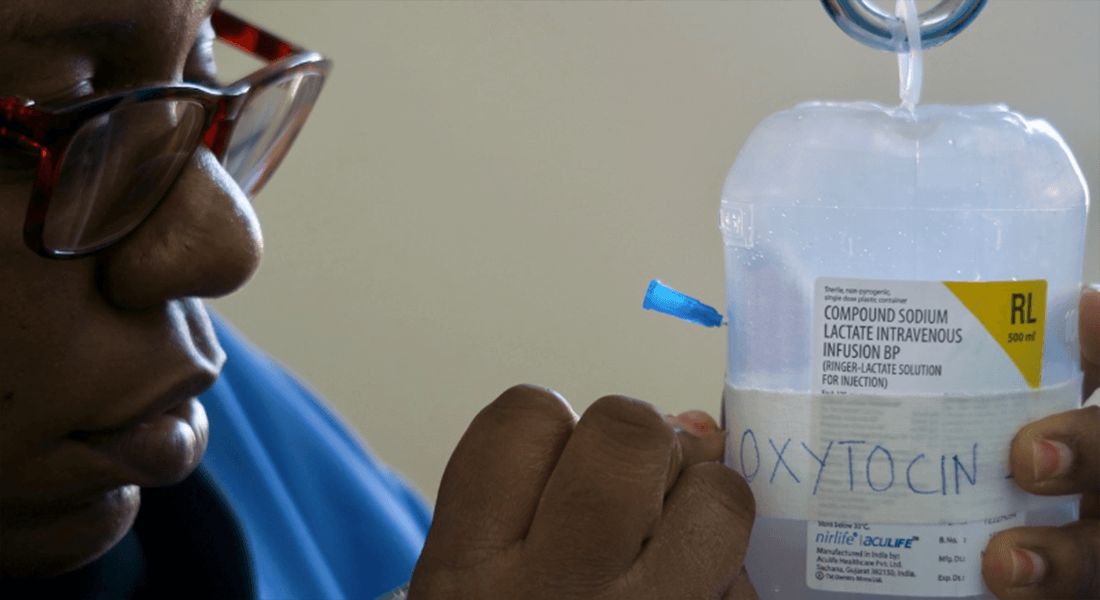Researchers call for global action against overtreatment of prolonged labour
Globally, prolonged labour is overdiagnosed and overtreated with oxytocin and caesarean section. A new publication on the British Medical Journal explains how inconsistent definitions of labour progress and overmedicalization are affecting a population of women during child birth.

“About 10-15% of women are estimated to experience prolonged labor, however, an alarming rate of 30-90% of women receives oxytocin to treat prolonged labor in hospitals globally,”
Oxytocin is classified as a high-alert medication carrying increased risk of causing severe harm, and yet, the effectiveness of oxytocin in reducing caesarean sections has never been proven.
This means majority of women receives unnecessary medication and treatment, causing harm during childbirth. This also exposes many women to avoidable health risks, including uterine hyperstimulation, surgical risks, and adverse perinatal outcomes.
On top of these, clinical practice guidelines provide outdated, inconsistent, and unclear definitions of prolonged labour with an unbalanced view on treatment risks and benefits.

“There is an alarming gap between what we know from (patho-) physiology and have known for decades, and what is recommended in clinical guidelines and are done in clinical practice,” added Maaløe.
Maaløe’s team recently released a new British Medical Journal publication which discloses the gap between existing scientific knowledge and actual clinical practices during childbirth in diverse world settings.
Read this new research unfolding a global neglect in unnecessary harm during birth.
With this discovery, researchers urgently call for more conducive maternity units that safely allows physiological labour progression through caring, continual support, and ambulation.
There is also a huge need for research and clinical practice guidelines that reflect latest evidence, context, and women’s perspectives to reduce unnecessary harms.
